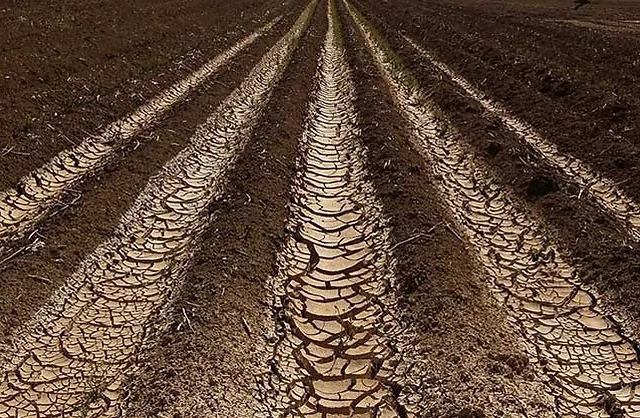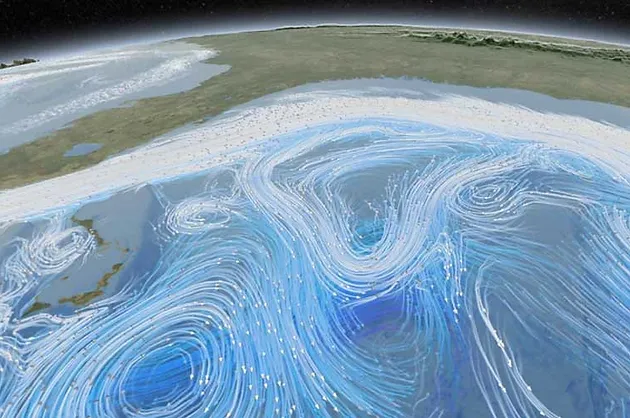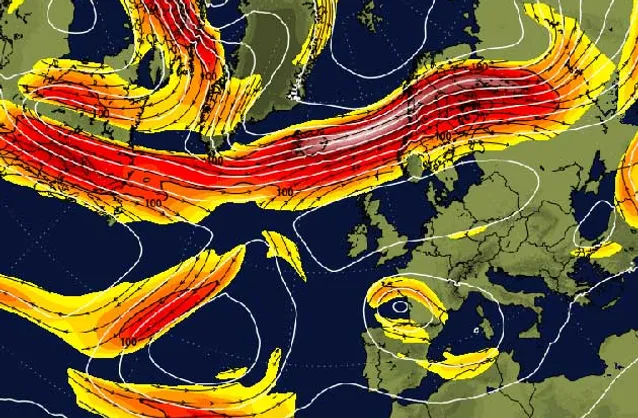The Science is Clear
Earth’s climate systems are interdependent
The rapid destruction of the sea ice means that the Arctic is both a victim and a driver of climate change today.

Temperature Instability
Jeopardizes atmospheric and ocean circulation systems. Increasing the intensity and frequency of extreme weather events in regions as far flung as Africa, California, India, and Siberia.

The AMOC
Has slowed by 15% since the 1950s, and is predicted to continue if global warming continues to rise. The AMOC transports warm water from the tropics towards the Arctic, where it cools and becomes saltier before sinking again. Rinsing temperatures introduce fresh ice melt into the ocean currents, disrupting and straining ecosystems and threatening global fisheries.

Weakening Jet Stream
Is inviting the Polar Vortex to meander south, like the recent Texas deep freeze. Or temperatures get stuck with a weakening air current, seen with the Pacific Northwest heat dome causing 25 to 50°F (14 to 28°C) degrees above average.
Scientists believe that complete melting of the Greenland and Antarctic ice sheets will contribute 6 m (20 ft) and 60 m (200 ft), respectively, to sea level rise.
What Happens in the Arctic Doesn’t Stay in the Arctic
Ice sheet melt is the largest contributor to sea level rise. Threatening 40% of the world’s population living within 60mi / 100km of the coast with unviable futures, forcing mass migration. Indigenous Peoples are particularly vulnerable, watching traditional livelihoods and resources melt away. Today, there already are more refugees from climate than from war. By 2050 there will be a 56% food gap and a world population of 10 billion. As climatic systems change and droughts worsen, threatening society with food shortages, water scarcity, destabilized governments and civil conflict.
IPCC predicts more frequent and severe extreme storms are predicted to increase, taking lives and resources. More moisture can be held in a warmer atmosphere, leading to more severe rainfall and increased floods. It can also cause droughts and fires when air temperatures rise and evaporation increases. Massive precipitation in India, flooding in Germany, heatwaves in Europe, droughts in Sahel, fires across the globe, and episodes of tropical hurricanes to name a few.

Issued annually since 2006, the Arctic Report Card is a timely and peer-reviewed source for clear, reliable and concise environmental information on the current state of different components of the Arctic environmental system relative to historical records. The Report Card is intended for a wide audience, including scientists, teachers, students, decision-makers and the general public interested in the Arctic environment and science.
Feedback loops between warming temperatures, disappearing sea ice, and thawing permafrost could signal ‘game over.’
The Arctic sea ice is declining 13.1% per decade. The ice-albedo feedback is weakening, some scientists say over 50% has already diminished, causing more ocean surface to absorb heat and further melt the sea ice. The Arctic is warming 3x as fast as the rest of the globe, known as Arctic Amplification. Ice sheet melt, sea level rise, harsher Arctic fire seasons, weaker jet stream, destabilized polar vortex, and permafrost melt are all consequences of Arctic amplification.
Permafrost covers 24% of the land in the Northern Hemisphere, locking in nearly half the Earth’s terrestrial carbon and double the current atmospheric carbon. Rising temperatures cause permafrost to thaw, releasing huge amounts of carbon and methane, as well as coastal erosion and infrastructure collapse.
